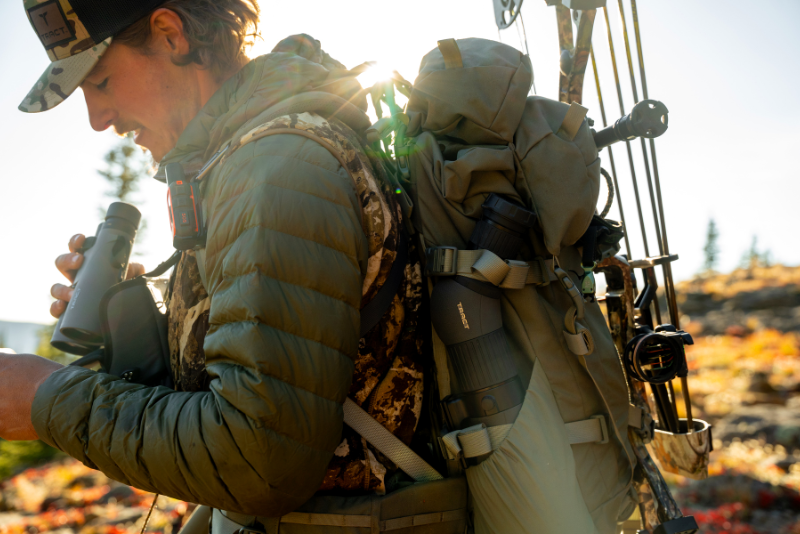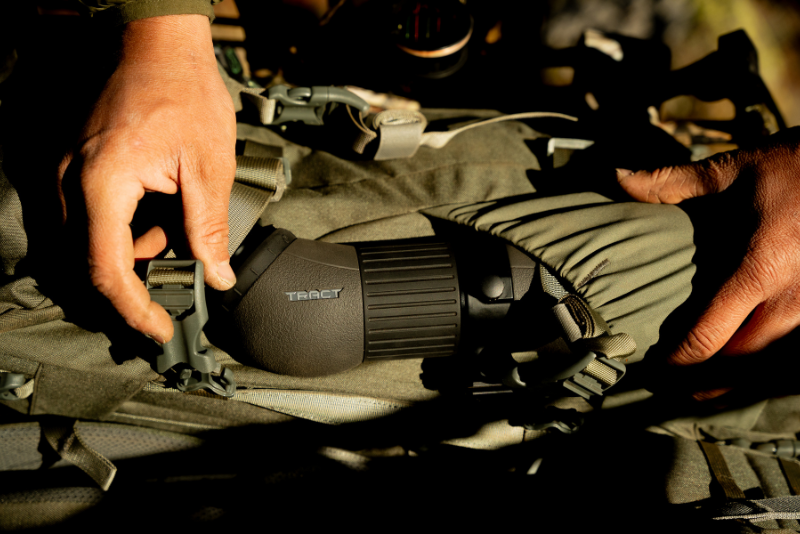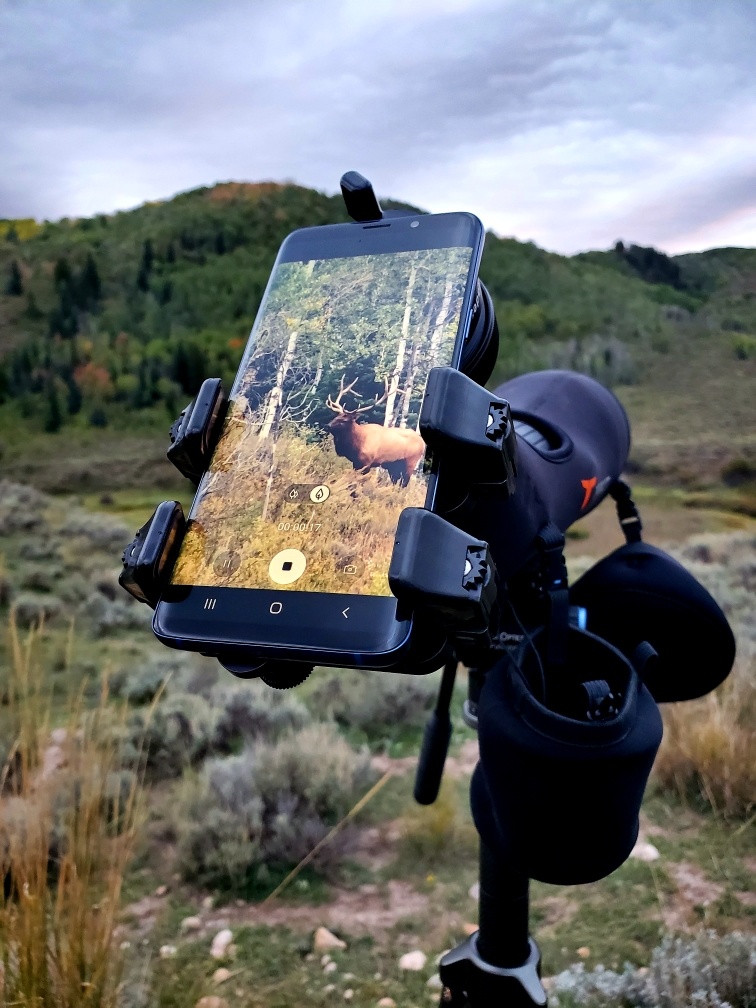Combining precision, clarity, and high-quality gear to assemble the ideal glassing kit can mean the difference between success and unpunched tags.
It’s no secret that glassing is the key ingredient to finding success on most hunts, no matter what animal you’re after. But it will only work if you’ve got the proper gear and know how to use it. This is where creating the ideal glassing kit comes in.
Having a well-equipped glassing kit allows you to get really close to nature by bringing far-off ridges and animals into view. From binos and spotting scopes to tripods and chairs, an ideal glassing kit is an essential component of your hunting gear.

Combining precision, clarity, and high-quality gear to assemble the ideal glassing kit can mean the difference between success and unpunched tags.
So whether you’re high in the mountains or low in the deserts, let’s cover all of the glassing gear and tactics that will help you see more animals in the field. So ready your optics, grab your tripod, and let’s get into it.
Foundation of An Ideal Glassing Kit
Quality binoculars serve as the base of your glassing kit and are essential for bringing clarity and comfort while glassing. Without them, you’d be left up to finding animals with your naked eye or using your riflescope to glass, which is a major no-no.
Co-founder Jon Allen talks through the TRACT binocular line up.
When it comes to choosing magnification power, there are plenty of great options. Solid all-around binos like the 8x42 or 10x42 work well in the eastern hardwoods and even on the Great Plains. But for longer glassing sessions in bigger and more diverse country like the Rocky Mountains, many hunters opt for a little more power with either a 12.5x or 15x, as well as a larger objective up around 50.
No matter what size binos you decide to use, spend as much money as you comfortably can on them. The higher the quality you can get, the better. And your eyes will thank you. Because the binoculars are a vital piece of any glassing kit, you want them to be the best you can afford.
Spotting Scopes: Getting the Smaller Details
A good spotting scope is the right-hand man to your binos and should work in conjunction with the rest of your kit. While some hunters may not need the extra magnification and clarity a spotting scope provides, it is essential for those wanting to view extreme distances, pick apart the terrain, and accurately field judge an animal.
A good spotting scope is the right-hand man to your binos.
While often the largest and heaviest item in your glassing kit, a good spotting scope can help make educated decisions in the field and allow for the best possible viewing at any distance. Working hand in hand with your binos, these two pieces of glass will help find and size up whatever game you are chasing.
A Glassing Kit Essential: The Tripod
Even the best binoculars or spotting scopes won’t be able to help you glass efficiently are useless without pairing them with a solid tripod. A tripod provides a stable platform for your optics, allowing you to focus on the task at hand. Without one, you won’t be able to hold your binos (and especially your spotting scope) steady enough to take full advantage.
Tripods are found in a wide variety of types and weights. Most will choose something based on their needs and the optics they intend to use. For example, backcountry hunters may need something smaller and lightweight. While those who use giant spotting scopes will need a tripod that’s larger and more stable.
Sharing your glassing experience with others has never been easier thanks to digiscope adapters.
Glassing Kit Accessories and Gear
With the three most important components out of the way, let’s cover some accessories and other gear that will help round out the perfect glassing kit. The first is a chair or pad of some kind to sit on while you glass. A simple, lightweight stool is great for hours behind the binos though even a small pad to sit on will make the entire experience much more enjoyable and comfortable.
Next is a lens cleaning kit. You spend a lot of money on optics, so you’ll also want to keep them clean and working properly. Cleaning kits are inexpensive and consist of a few simple tools like a microfiber cloth and lens pen to maintain your optics on the go.
Lastly, while not necessary, is some kind of digiscoping device. Glassing is a lot of fun, and sharing your finds with others has never been easier thanks to digiscope adapters that connect your phone to your optics to take photos and videos.
Protecting Your Optics
Keeping your binoculars and spotting scopes protected is also important to the long-term performance of your optics. A chest pack is the most popular way of storing and transporting binoculars while simultaneously allowing for quick and easy access. A neoprene case for your spotting scope will help extend its life, especially in rough country.
We’d also recommend using the lens caps that come with most optics. While they won’t protect your glass from a fall, they can keep dirt, dust, mud, and debris from getting on the lens and potentially scratching it.
If you’re ready to discover your bino kit, we’ve put together the Ultimate Bino Glass Kit for you.
Personal Optics Outing
Feel free to contact us by phone at 631-662-7354, email: [email protected] or live CHAT by hitting the "Live Chat with Jon" button in the left hand corner of the screen.


